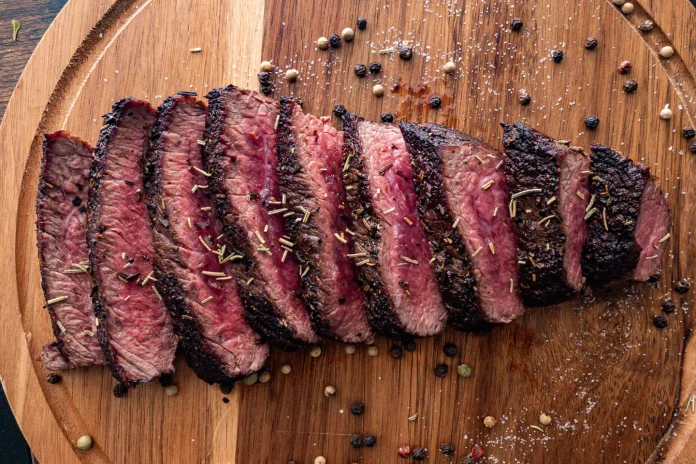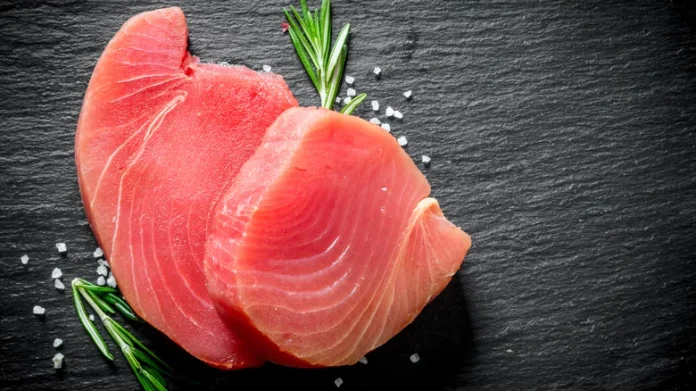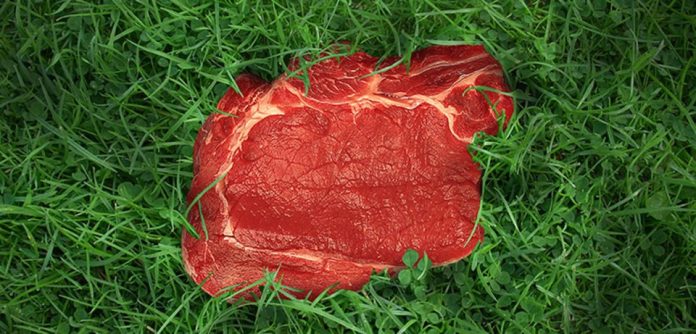Ostrich as a Meat Choice
When it comes to choosing red meats that are good for you, there are a few key things to consider: how much fat and protein they have, their nutrient density, and how easily your body can digest them. Ostrich meat is often touted as a healthier option compared to beef or pork.
Ostrich meat is packed with protein, potassium, selenium, B vitamins, and iron, making it a nutritious choice for anyone looking to boost their diet. Plus, because ostriches aren’t mammals, their protein is easier for our bodies to digest compared to traditional meats.
Nutritional Benefits of Ostrich
When it comes to muscle growth, protein is key. Ostrich meat packs a punch with 20g of protein per 100g serving, which is more than what you’d get from beef. Protein isn’t just important for building muscles; it also helps repair cells and supports your immune system.
Iron is another crucial nutrient found in ostrich meat. Iron helps transport oxygen throughout your body and is essential for making DNA. Ostrich meat contains more iron than beef or turkey, which can help prevent conditions like anaemia that cause fatigue and other health problems.
Considering Sodium and Selenium
We all need some sodium in our diet, but too much can raise your blood pressure and lead to heart issues. Ostrich meat has lower sodium levels compared to other meats like turkey, which is good news for your heart health.
Selenium is an important mineral that acts as an antioxidant, protecting your cells from damage. Ostrich meat is rich in selenium, providing nearly 60% of your daily recommended intake per serving. That’s much more than what you’d get from beef or turkey.
Culinary Uses of Ostrich
The prime cuts of ostrich, such as fillet and steak, are incredibly versatile and popular choices for delicious roast dishes, flavorful grills, and superb schnitzels. Ostrich neck meat is gaining popularity for hearty stews and soups, while goulash cuts are perfect for stews, stir-fry dishes, or even tacos. Additionally, ostrich liver is prized for making delectable pâté, adding a unique twist to culinary creations.
Ostrich meat offers versatility in preparation, accommodating various cooking methods such as grilling, smoking, stewing, braising, frying, roasting, or skewering. It can be served alone or with sauces, making it suitable for hors d’oeuvres, canapés, appetisers, entrées, or main courses.
Preparing Ostrich
Best enjoyed rare to medium rare, ostrich meat is prized for its lean and tender qualities. Unlike conventional poultry, ostriches are flightless birds with a flat breast bone, resulting in meat primarily sourced from the thigh, leg, and back areas.
Cuts like fillet (fan, inside strip, outside strip, top loin, and tenderloin) and sirloin (top and round) are tender and come from the thigh region, while roasts and ground meat are typically derived from the leg muscles, offering diverse textures and flavours for culinary exploration.
Cooking Ostrich
Ostrich meat, being low in fat, requires different cooking methods compared to beef.
For tender cuts like fillet or sirloin, grilling, broiling, or pan-searing are ideal. It’s recommended to cook to a medium doneness, around 60–70°C (140°F–158°F) on a meat thermometer, to preserve its tenderness and flavour.
If you prefer well-done meat, which may dry out due to the low fat content, using moist heat cooking methods such as braising or slow roasting is recommended, especially for less tender cuts like the drum.
Ostrich pairs exceptionally well with recipes that include vegetables, enhancing its flavour and texture.
Due to its lean nature, ostrich cooks faster than beef of similar size, and less seasoning is typically needed to achieve the same level of flavour.
Conclusion
Ostrich meat stands out among red meats not only for its lean profile, high protein content, and rich array of essential nutrients but also for its delicious taste. Its mild, slightly sweet flavour and tender texture make it a delightful choice for various culinary preparations.
Ostrich meat is a great option for supporting muscle growth, maintaining heart health, and ensuring your body gets the nutrients it needs. Adding ostrich meat to your diet can be both a tasty and nutritious way to enjoy red meat while prioritising your health and savouring a delicious meal.



















